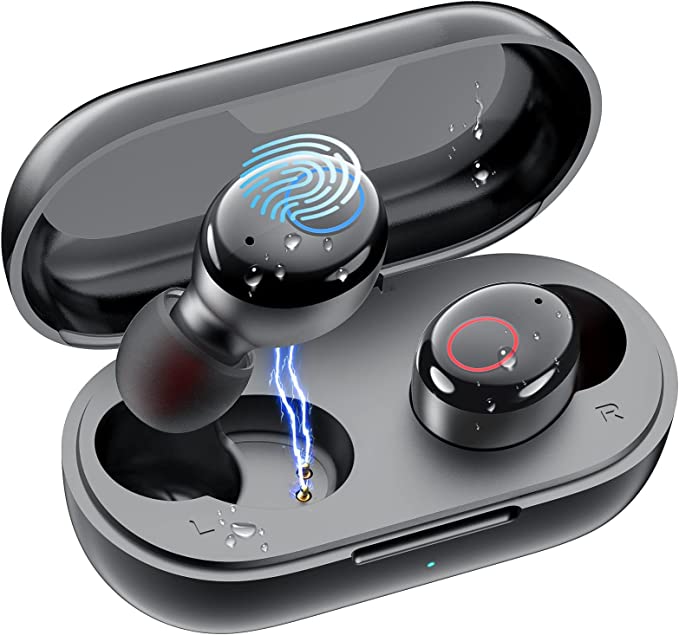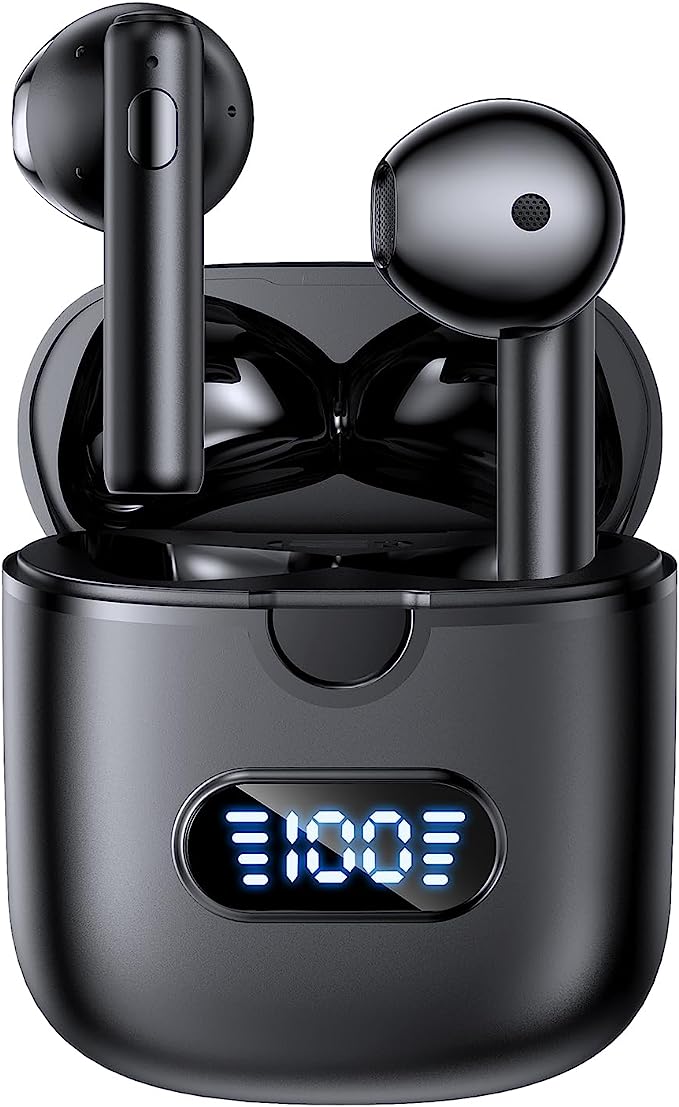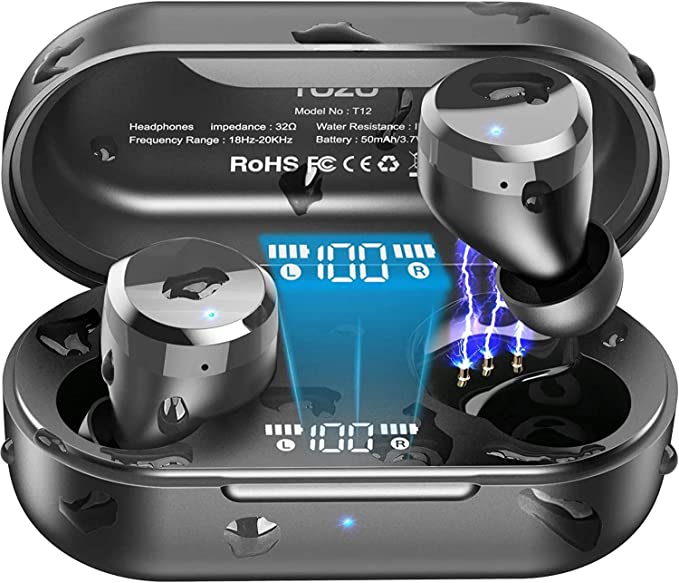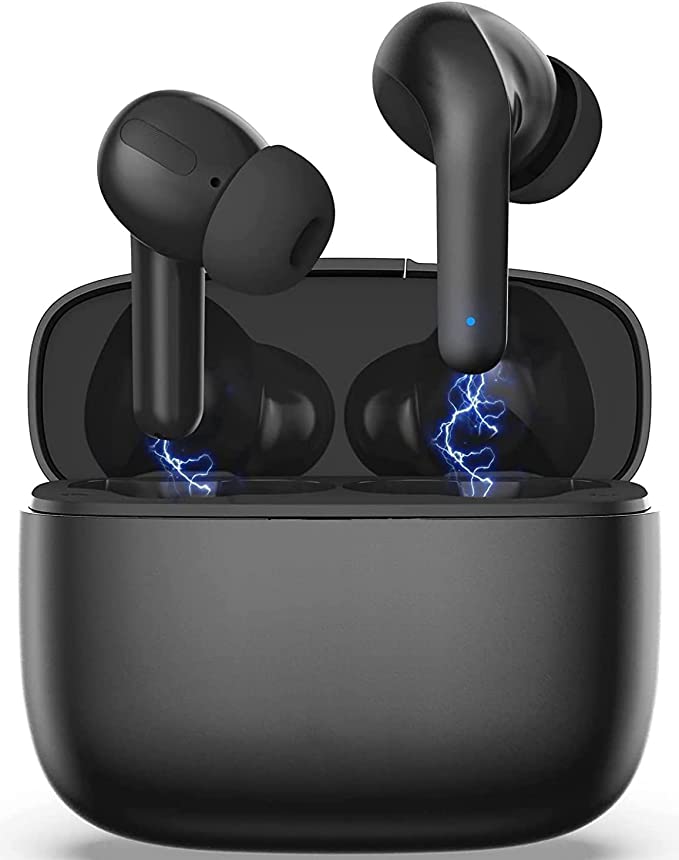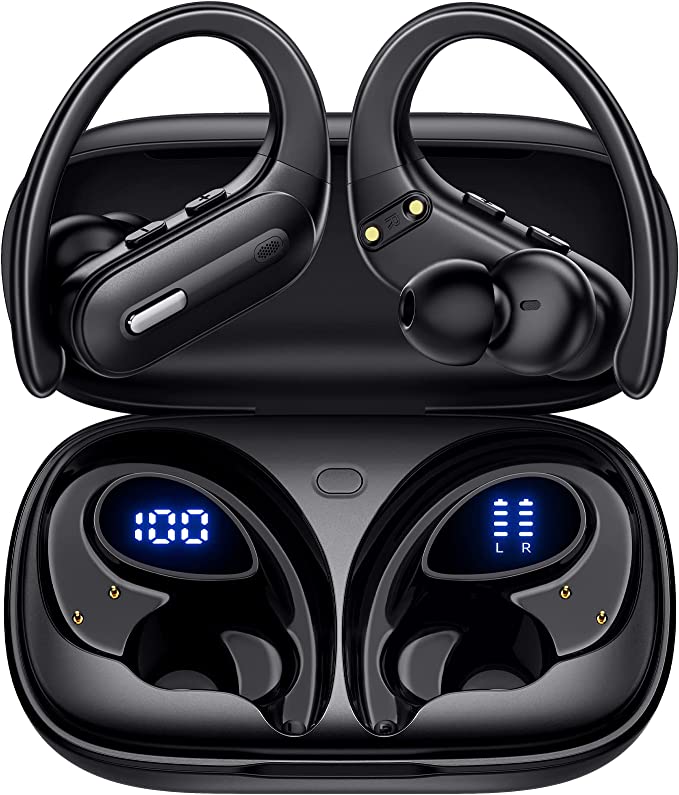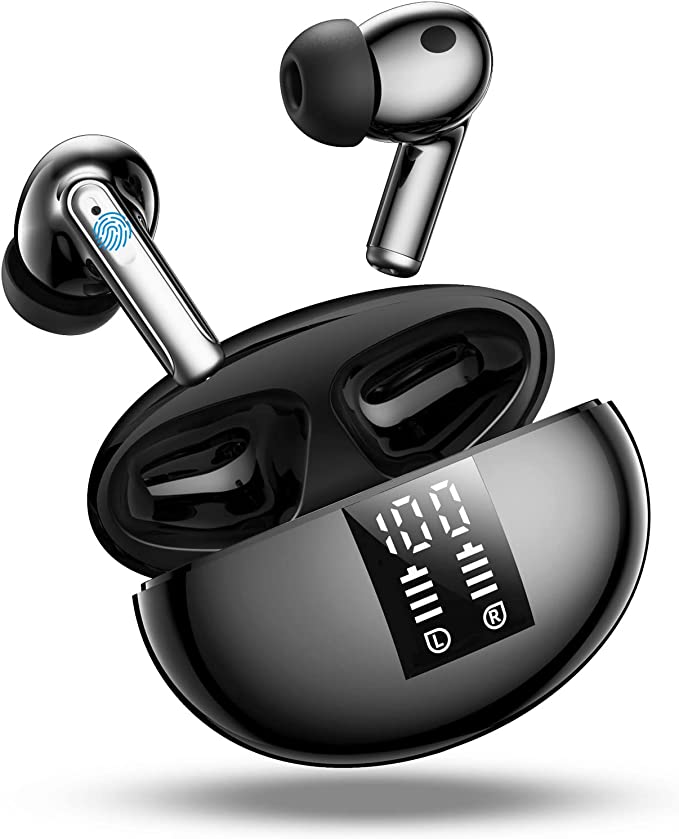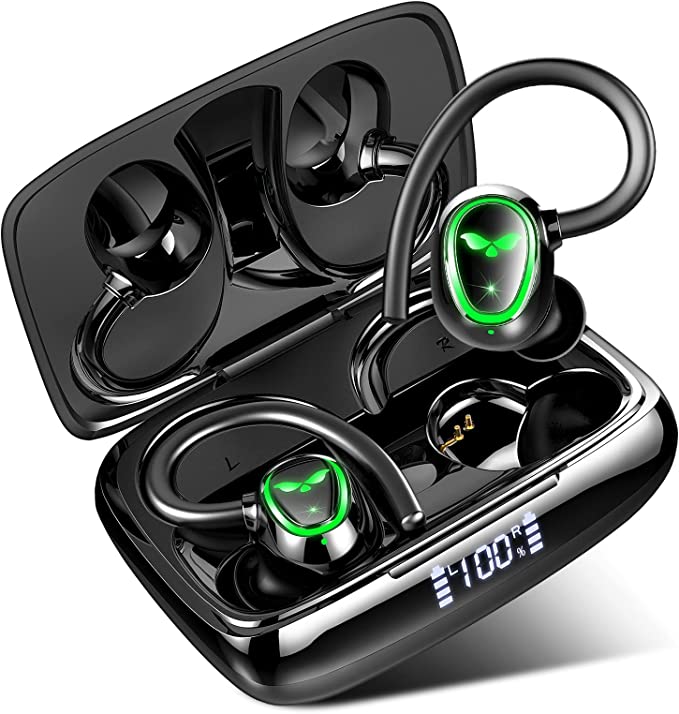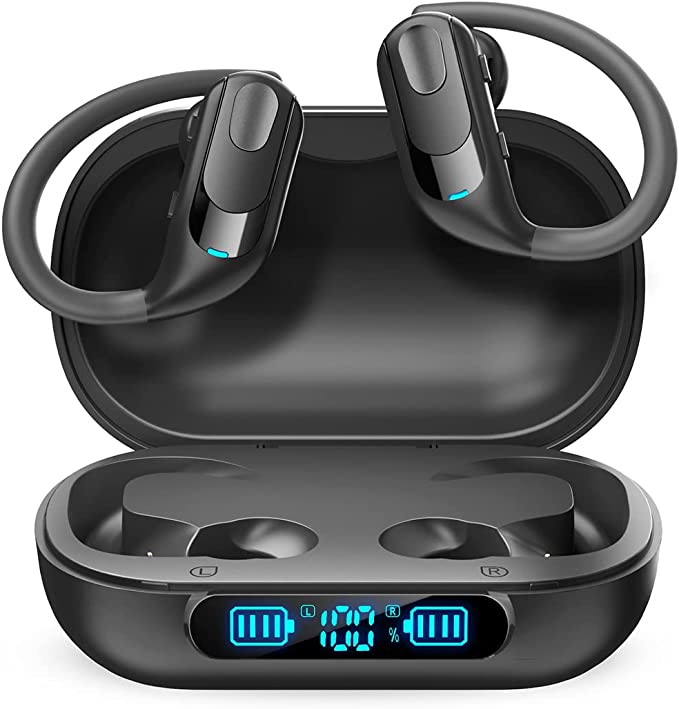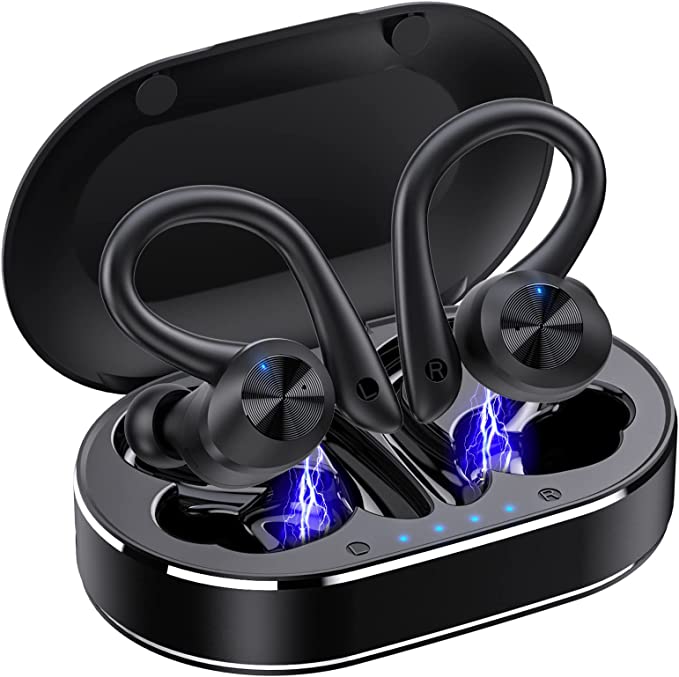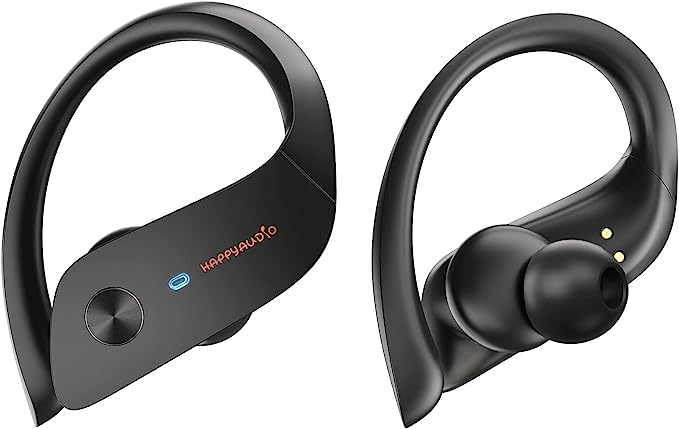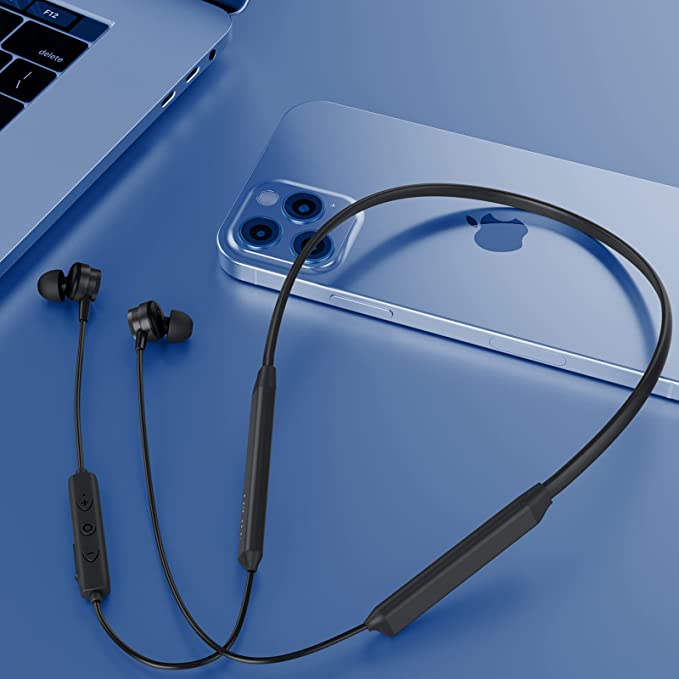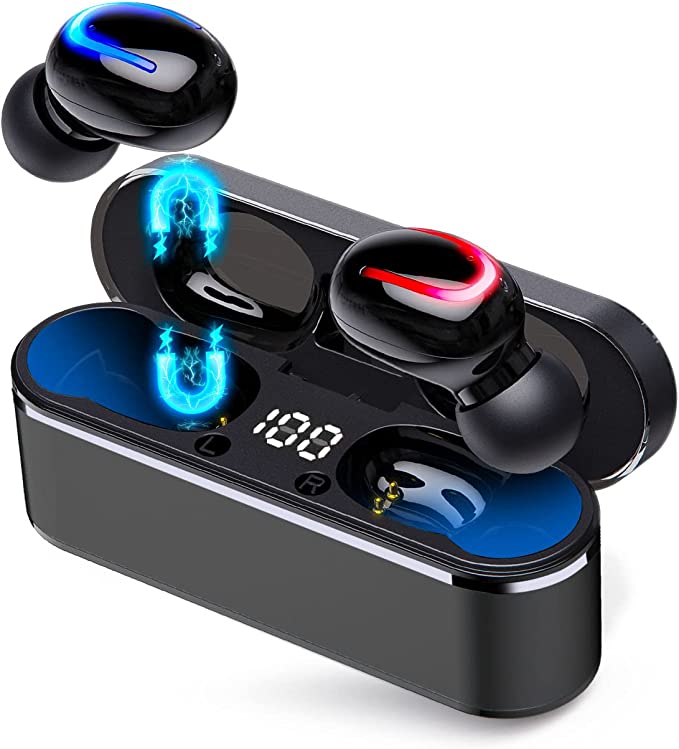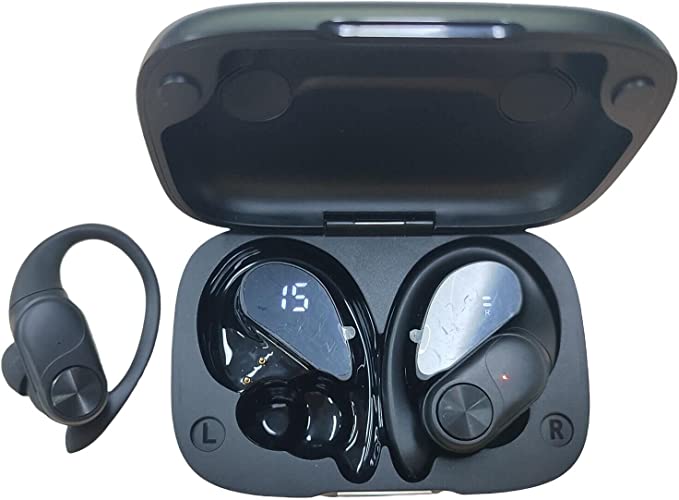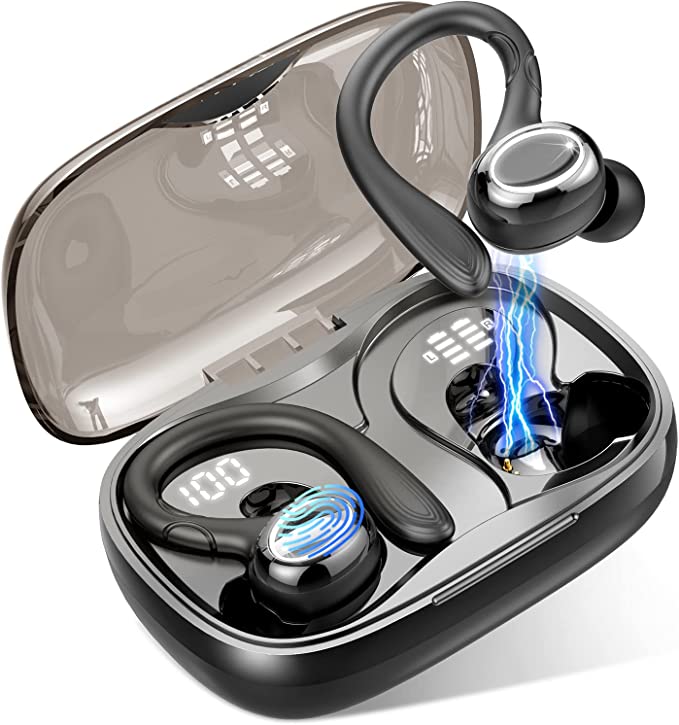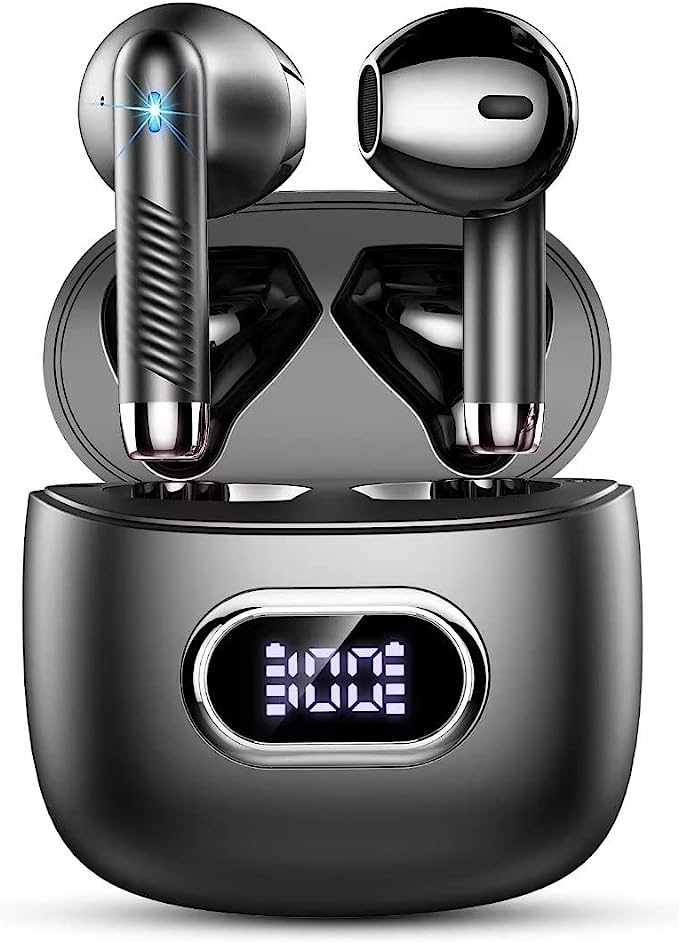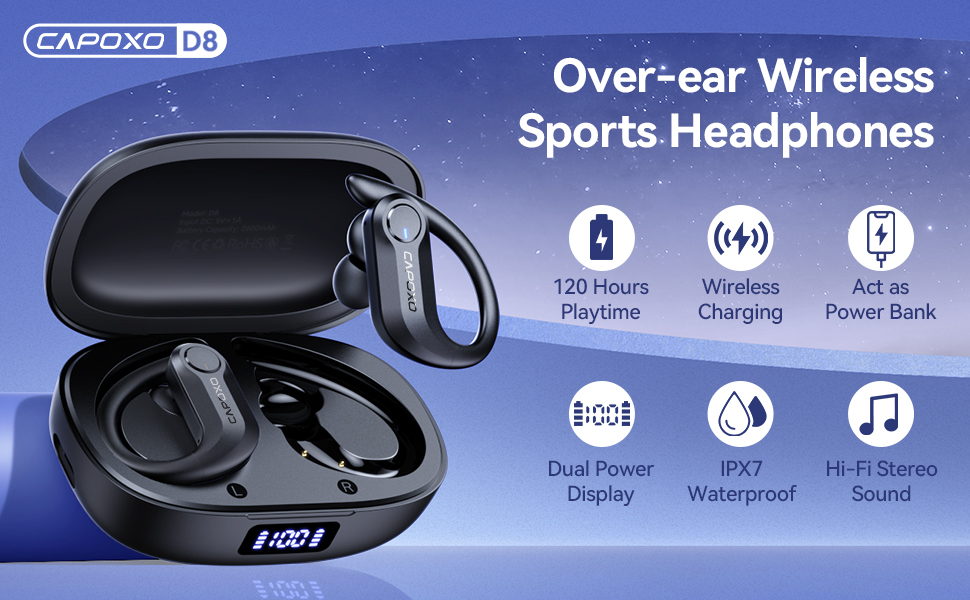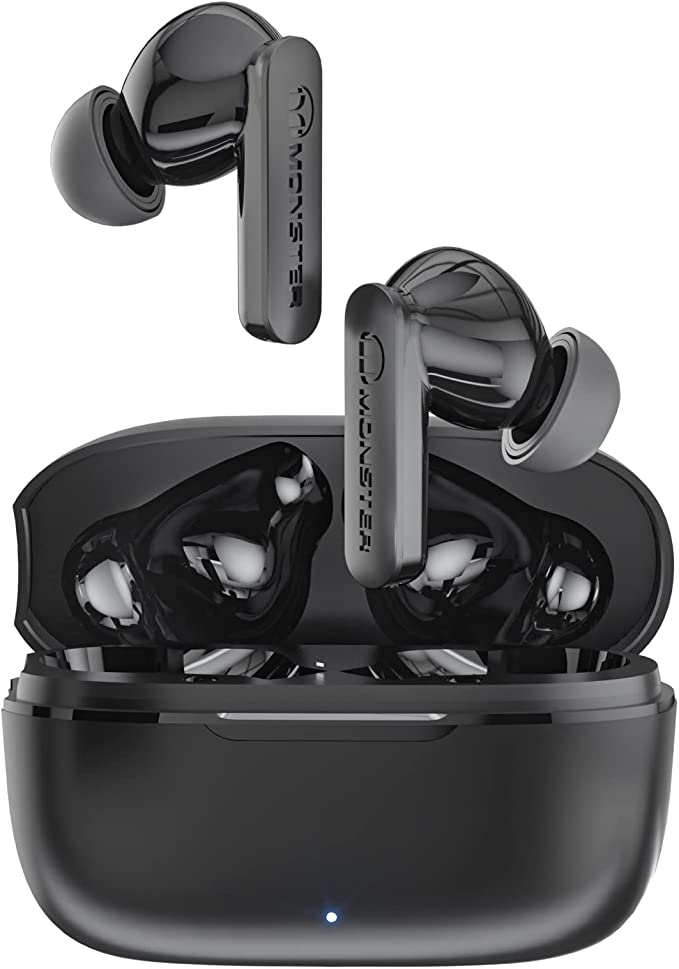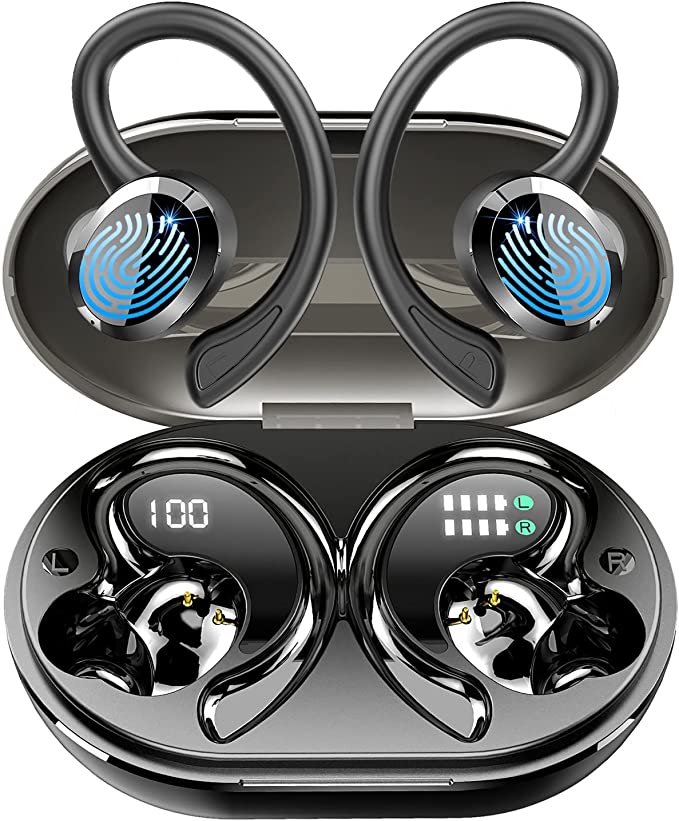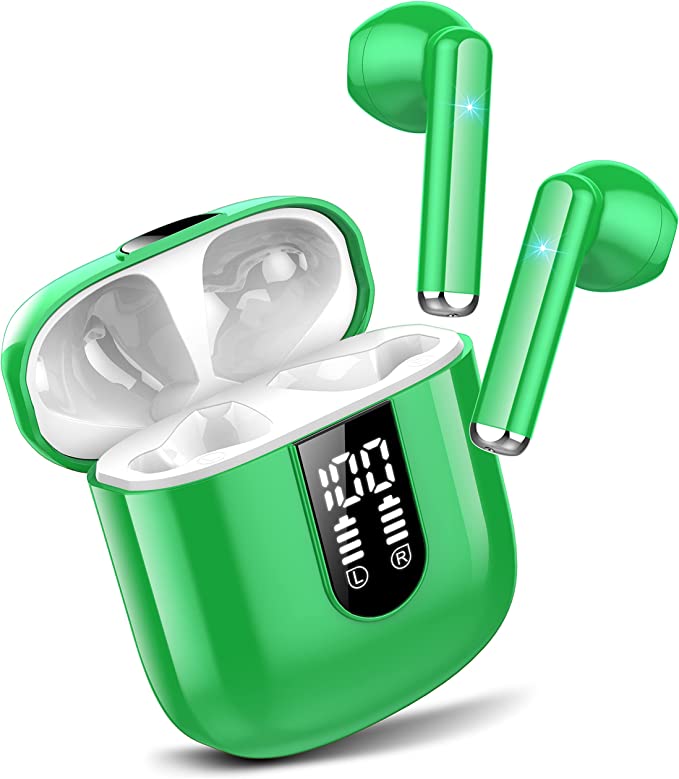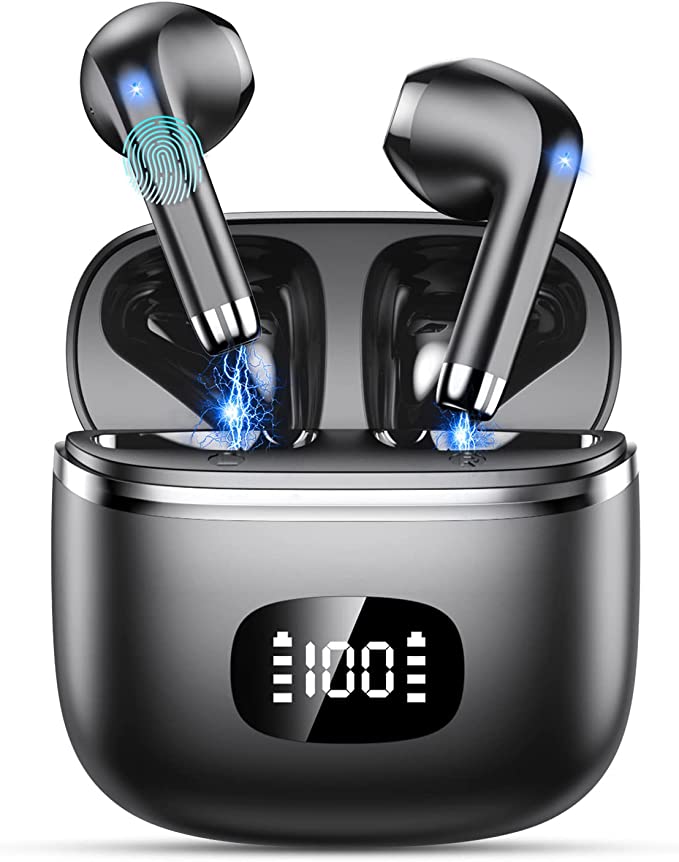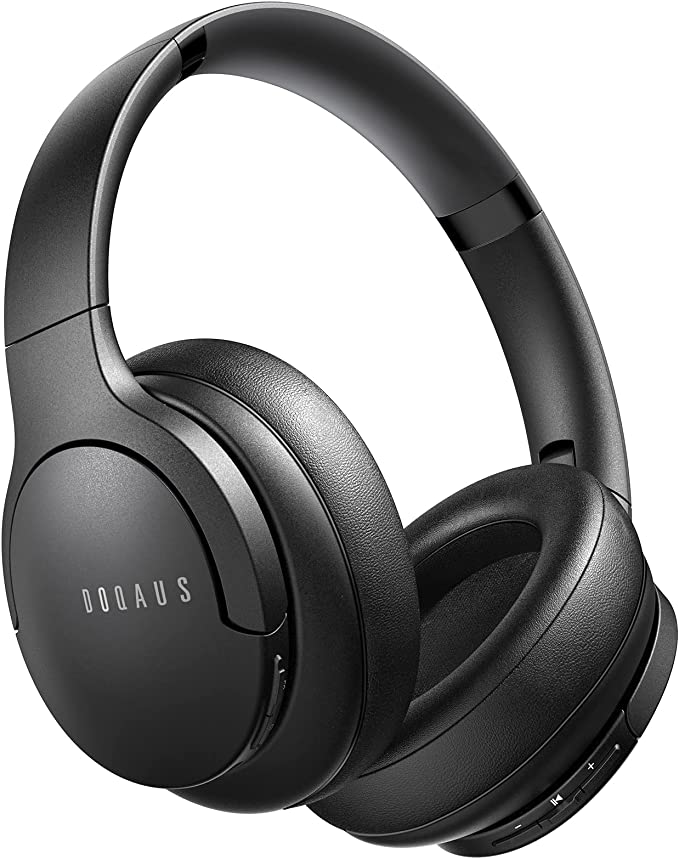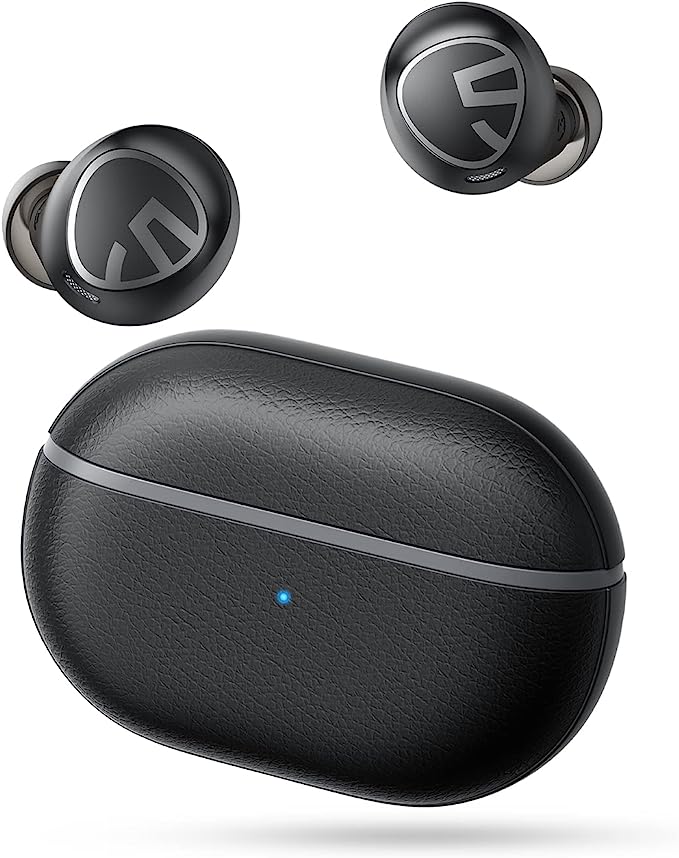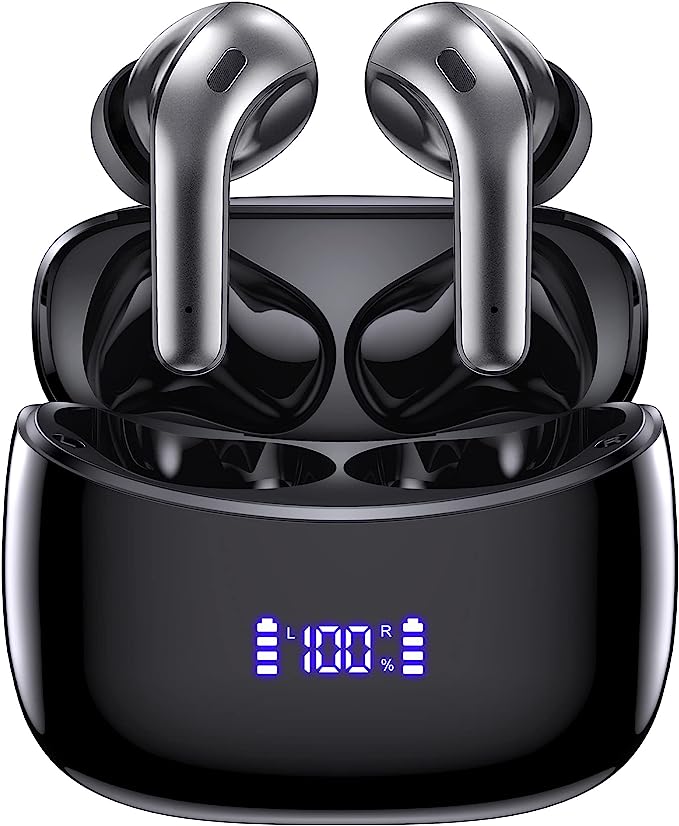How Budget Earbuds Work: Deconstructing the Tech Inside a $10 Pair
Update on Oct. 30, 2025, 7:38 a.m.
You’ve seen them. Maybe you’ve even scrolled past them with a skeptical eye. A pair of wireless earbuds, like the Vtkp S42, boasting a feature list that seems impossible for its $10.99 price tag: Bluetooth 5.3, IPX7 waterproofing, a 42-hour battery life, and a slick LED display.
Five years ago, these specs would have belonged to a $150+ premium product. Today, they’re available for the price of two cups of coffee.
This isn’t a review. It’s a “teardown.”
As your guide, we’re not here to sell you anything. We’re here to answer the real question: How is this possible? What’s the catch?
Welcome to your masterclass on the “democratization” of audio tech. We’re going to use this $10 pair of earbuds as our specimen to dissect the science, the manufacturing, and the clever compromises that make modern budget audio a reality. Let’s get started.

1. The Core: How “Premium” Connectivity Became a Commodity
The single biggest factor in the wireless experience is the connection. A bad one means stutters, drops, and frustration. The S42 claims Bluetooth 5.3, one of the latest standards. How can it be so cheap?
The “Good Enough” Chipset
Think of the Bluetooth chip as the engine of the earbuds. In the early days, companies like Apple and Qualcomm spent hundreds of millions on R&D to create powerful, efficient, and stable chips (like the W1 or H1). They were expensive, and they were a key selling point.
Today, that technology is mature. The R&D has been paid off. Companies like Airoha, Realtek, and Bluetrum now mass-produce highly competent Bluetooth 5.x “System-on-a-Chip” (SoC) solutions. These chips are not necessarily the best, but they are incredibly good and, most importantly, incredibly cheap.
Bluetooth 5.3 brings tangible benefits that are now inexpensive to implement: * Better Efficiency: It uses less power (Bluetooth Low Energy, or BLE), which is crucial for battery life. * Greater Stability: It’s smarter at “channel hopping,” meaning it can quickly dodge interference from your Wi-Fi or microwave, giving you a more stable signal. * Lower Latency (in some cases): It improves the sync between audio and video, reducing that annoying “lip-sync” lag.
So, the S42 doesn’t have a custom-designed $50 chip. It has a mass-produced $1 chip that inherits the benefits of billions of dollars of industry-wide R&D.
The “Magic” of One-Step Pairing
The S42 also features “One-Step Pairing.” You open the case, and they’re already connecting to your phone. This isn’t magic; it’s a wonderfully simple piece of physics.

Inside the case lid, there’s a tiny magnet. Inside the case body, there’s a tiny Hall sensor. A Hall sensor is a simple component that detects magnetic fields.
1. Case Closed: The magnet is near the sensor. The sensor tells the earbuds’ chip, “Stay asleep and charge.”
2. Case Open: The magnet moves away. The sensor tells the chip, “Wake up! Find that phone!”
This component costs literal pennies, but it completely transforms the user experience, making the product feel seamless and premium. It’s a brilliant, low-cost manufacturing trick.
2. The Power: Deconstructing the “42-Hour Battery” Claim
This is where most of the skepticism comes from. 42 hours? My high-end earbuds barely last 25!
Let’s break down the math. The claim isn’t 42 hours of continuous playback. It’s: * 7 hours from the earbuds themselves. * 35 additional hours stored in the charging case.
The charging case is, quite literally, a portable power bank for your earbuds. The S42 case has a 470mAh battery, which is a very standard size. The earbuds themselves have tiny batteries (likely 40-50mAh each).
A 470mAh case can easily recharge two 50mAh earbuds 4-5 times (470 / (50+50) = 4.7 charges). Add the initial 7-hour charge, and the 42-hour (7 + 35) claim becomes perfectly plausible.
The real hero here isn’t a revolutionary new battery. It’s the energy density of modern Lithium-Ion (Li-ion) batteries. Just like Bluetooth chips, Li-ion battery manufacturing is a mature, massive industry. They can pack a lot of power into a tiny, safe, and inexpensive package. This, combined with the power-sipping Bluetooth 5.3 chip, makes a 7-hour runtime achievable.
The Power of Perceived Value: The LED Display
The most eye-catching feature is the dual digital LED display, showing the exact percentage of the case and the charging status of each bud.

Again, this looks expensive. But what is it?
1. A simple microcontroller in the case that measures the battery’s voltage.
2. A standard, two-digit 7-segment LED display.
This hardware might add $0.30 to the total manufacturing cost. But in terms of user value, it’s huge. It eliminates “battery anxiety” and feels like a feature from a much more expensive device. This is a classic example of budget tech focusing on simple, visible features that provide a high “perceived value.”
3. The Armor: What Does “IPX7 Waterproof” Actually Mean?
The S42 claims an IPX7 rating. This is another area where manufacturers can dazzle with specs. Let’s decode it.
“IP” stands for Ingress Protection. * The ‘X’ means it hasn’t been rated for dust protection. * The ‘7’ is the water-protection rating.
An IPX7 rating has a very specific meaning: The device can be submerged in up to 1 meter (3.3 feet) of fresh water for up to 30 minutes.
Here’s what that doesn’t mean: * It is not rated for powerful jets of water (that’s IPX5 or IPX6). * It is not rated for swimming (constant pressure and movement). * It is not rated for saltwater or chlorinated pool water (which are corrosive).
So, how do they achieve this on a budget? Not with lasers and force fields, but with two simple, now-standard techniques:
1. Smart Physical Design: Using tight seals and ultrasonic welding on the earbud casing to leave no gaps for water to enter.
2. Nano-Coating: During manufacturing, the internal circuit boards are often sprayed with an invisible, super-hydrophobic (water-repelling) nano-coating.
This process is now automated and inexpensive. It provides robust protection against the things that actually kill earbuds: sweat, rain, and an accidental drop in a puddle. The S42 is built to survive a gym session or a rainy-day run, and the IPX7 rating is the standardized proof.
4. The Sound: Where Are the Compromises?
Okay, we’ve got a great engine (Bluetooth), a great gas tank (battery), and a tough chassis (IPX7). But what about the experience? What about the sound?
This is, almost universally, where the main compromise is made.
The S42 boasts large 13mm dynamic drivers. A driver is the tiny speaker inside the earbud. In theory, a bigger driver can move more air, which equals more powerful bass.

However, the size of the driver is only one tiny part of the equation. Sound quality is determined by: * Driver Material: The S42 claims a “triple-layer composite diaphragm,” which is an attempt to make the speaker cone stiff (for clear highs) and light (for fast response). This is better than a simple plastic film. * Acoustic Tuning: This is the “art.” How is the earbud’s chamber shaped? How is the driver “tuned” to emphasize certain frequencies? Premium brands spend fortunes on this. Budget brands often tune for a “V-shape” sound—punchy bass, sharp treble—which sounds exciting but can be less accurate. * The Codec: This is the software that compresses music to send it over Bluetooth. Your $200 earbuds might use aptX or LDAC for high-fidelity, near-CD-quality sound. A $10 pair like the S42 almost certainly uses the default SBC (Subband Codec). SBC is fine for casual listening, but it’s the most basic codec and can lose some detail.
So, the compromise isn’t in the hardware specs (13mm driver sounds great on paper!), but in the audiophile-level refinement. You get sound that is likely loud, bass-heavy, and perfectly enjoyable for podcasts, workouts, or pop music. You just don’t get the balanced, crystal-clear, studio-grade audio of its $200 cousins.
The Takeaway: It’s Not Magic, It’s Maturity
The Vtkp S42, and products like it, aren’t a scam. They’re a snapshot of technological maturity.
They are possible because the “premium” technologies of five years ago—efficient Bluetooth chips, high-density batteries, and nano-coating processes—are now mass-produced commodities.
The innovation here isn’t in creating new science. It’s in the clever manufacturing and packaging of existing science, focusing on the features users can see and feel (like an LED display) while making a sensible compromise on the one they’re less likely to scrutinize at this price (audiophile-grade tuning).
So, the next time you see a $10 pair of earbuds, you’ll know it’s not a miracle. It’s the remarkable, and frankly wonderful, result of technology becoming so good, it’s finally become affordable for everyone.

